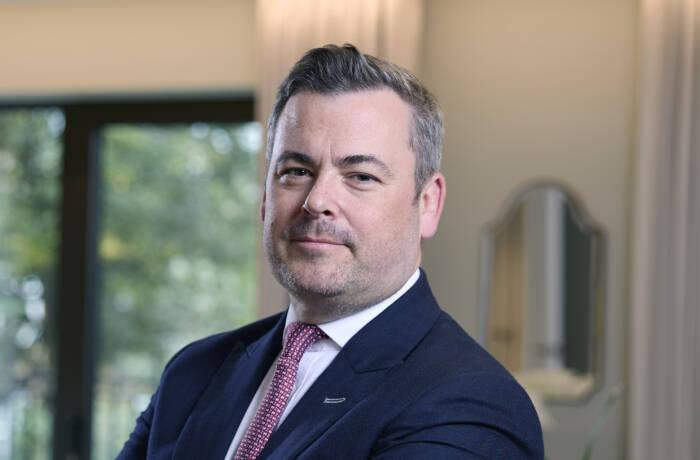For the first time since its construction in 1702, the ancestral home of the Bruce family (the Earls of Elgin and Kincardine) is open as an exclusive venue for private events, in collaboration with Wild Thyme and Hickory luxury catering, chauffeur service Little’s and The Balmoral Hotel in Edinburgh. Charlotte Davies journeys to the Kingdom of Fife, Scotland to dine with Lord Bruce surrounded by the portraits and antiques of his ancestors.
Entering Broomhall House rivals walking into the British Museum; casts of the Elgin marbles line the walls of the entrance hall, a Roman sarcophagus stands by the fireplace and flanking the doorway are a pair of 4th-century marble columns thought to be from Diocletian’s Palace in Split, Croatia – the Bruces certainly know how to make a memorable first impression.
What sets Broomhall House apart from other stately homes offering private events is that it is still very much a family home. It feels lived in, as it has been, Lord Bruce proudly informs me, by thirteen generations of Bruces. Over 70 children have been born and brought up within the historic walls.
Walking from entrance hall to drawing room, Lord Bruce recounts the first hundred years of the family’s history, illustrating the heroic lives behind the portraits that adorn the walls: the family first settled in Britain in 1066 during the Norman invasion, and in 1314, Robert the Bruce successfully defended Scottish independence against the English and the family held the throne for two generations. We are later shown King Robert’s sword, which after a certain politician’s mishandling (we’ll name no names), is now kept safely behind glass in the dining room
Passing through the elegant ballroom we learn of Edward Bruce who in 1598 negotiated the succession of James VI to the English throne and arranged the new constitutional entity of Great Britain, and the 8th Earl of Elgin who established political unity in Canada. Whilst the old schoolroom, now a small museum displays some of the gifts the 9th Earl, Victor Alexander, received as viceroy of India in the 1890s. The list of family accolades is quite overwhelming.
Our tour ends in the dining room (which like the rest of the house, is reassuringly more cosy than grand and imposing), where dinner is served round a large oak table. Here we have a moment to appreciate the beauty of the artworks and antiques that surround us; a spectacular mantelpiece that was reconstituted from the marriage bed of James VI and Anne of Denmark and the birth-bed of Charles I and his two sisters, and the pièce de résistance: a 19th-century silver statuette of Queen Victoria (commissioned by the Queen as a reminder of her omnipresence in India). Under the glow of the chandelier and flickering candlelight, we dine on a three-course meal of four types of salmon, beef and a selection of small cakes. The evening passes all too quickly; while sipping wine from nineteenth-century silverware, we discuss a wide variety of subjects from the state of the art market and role of portraiture to the family’s collection of classic cars, which include a 1920s Rolls-Royce Silver Ghost and a 1912 Napier.








